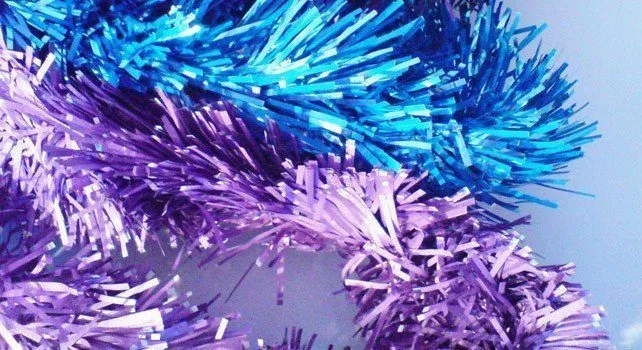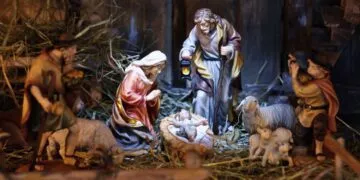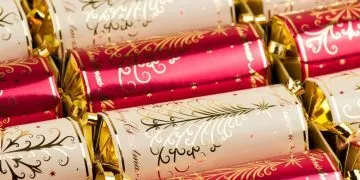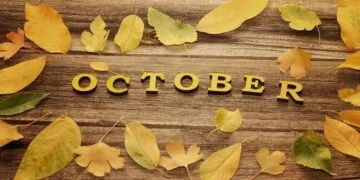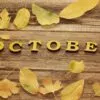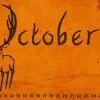Tinsel is mainly used to decorate Christmas trees, although it’s also used for ceilings, walls, or anything festive.
Tinsel is usually flexible which makes it easy to wrap around anything such as posts, picture frames, or ornaments.
We decorate our house and trees with tinsel every Christmas, but why? And where did tinsel originate from?
Check out these interesting facts, and a brief history of tinsel!
Tinsel was first used in Germany in 1610.
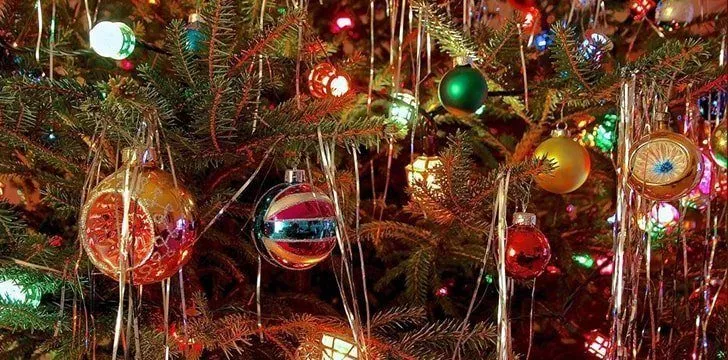
However, it wasn’t the shiny plastic stuff we get these days; it was made from shredded silver.
At first, the silver was hammered so that it was thin, and then cut into thin strips, a few years later machines were invented for this purpose.
The inventor of tinsel remains unknown.
How tinsel evolved over the years.

The smoke from the Christmas candles caused the tinsel to turn into a black color on one side, which didn’t look very attractive.
People began to experiment on different ways tinsel was could be made.
They tried to create tinsel with tin and lead, which they hoped would preserve its shininess.
However this mixture made the tinsel heavy and it broke apart easily, which wasn’t much use for decorating your tree with.
Tinsel made its first public appearance in England in 1846.

Queen Victoria and Prince Albert were illustrated in the Illustrated London News, standing with their children around a Christmas tree decorated with tinsel, candles, and small bead ornaments.
Because of Queen Victoria’s popularity, the Royal family’s decorated tree became the height of fashion sweeping through both the British and East Coast American Societies.
Did You Know…
According to the Oxford Dictionary; the word tinsel comes from an Old French word “estincele”, which means sparkle.
This shiny decorative material is a great toy for your pets, especially for playful pets such as cats and dogs, although it is dangerous for them to eat, which they most likely would try, so be careful!

